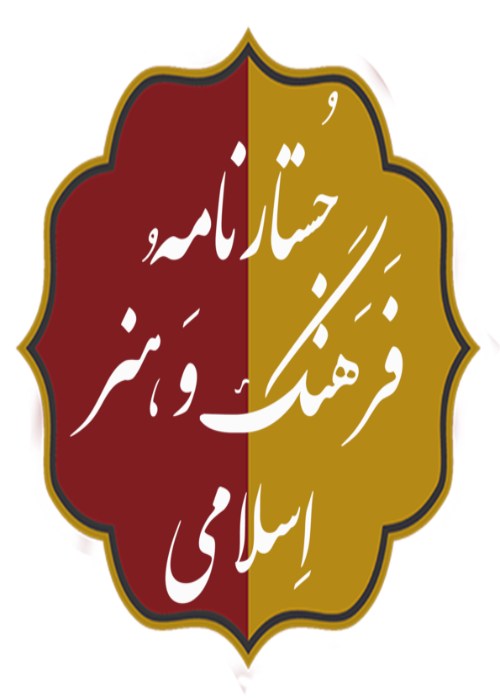Identification of the evolution of mythological motifs in Iranian carpets in interaction with the art of the Orient
Myths are part of the cultural values of every society, and myths and rituals should be judged as cultural values. In primitive societies, myth was considered as the actor of absolute truth because it was believed that myth is a sacred historical narrator. For a long time, indigenous art has been a suitable platform for the symbolic emergence of myth, and the interweaving of art and myth shows its importance, after understanding and understanding different myths, researchers have come to the fact that mythological concepts have their place. have consolidated in the pillars, foundations and principles of artistic functions. In the mythological thought of Eastern art, all signs have a magical power that mankind has always tried to achieve through the combination or repetition of these signs, which is rooted in a firm belief in them. Among the native arts of Iran, the topic of Iranian carpets can be called one of the prominent fields for the emergence and association of mythological motifs. The upcoming research tries to review and analyze the mutual interaction of the artists of Iran and the Orient with an attitude on the evolution of myth-oriented motifs in Iranian carpets, especially during the Ilkhanid and Timurid eras. Based on this, with the semiotic analysis of the remaining images of the carpets related to these dynasties, mythological motifs originating from Chinese and Iranian religious beliefs are investigated. In some cases, due to the lack of carpet works left from that era, visual art works related to that time are used. Combining the influence of Islamic beliefs in Iranian carpet art and the political influence caused by the Mongol invasion is the main goal of the research in the interpretation of the symbols of Iranian carpet myths. Due to the views of their founders, who were influenced by the views of the Mongols and Muslim thoughts, the mentioned periods were a combination of different value systems and also included significant political and religious changes. The evolution of the artistic style in the Timurid period, whose traces can be seen even in the Safavid period, led to the flourishing of carpet art. Studies show that the authenticity of Iranian mythological motifs inspired by Sassanid and Islamic patterns has always been preferred over the motifs influenced by the art of the East.
- حق عضویت دریافتی صرف حمایت از نشریات عضو و نگهداری، تکمیل و توسعه مگیران میشود.
- پرداخت حق اشتراک و دانلود مقالات اجازه بازنشر آن در سایر رسانههای چاپی و دیجیتال را به کاربر نمیدهد.


